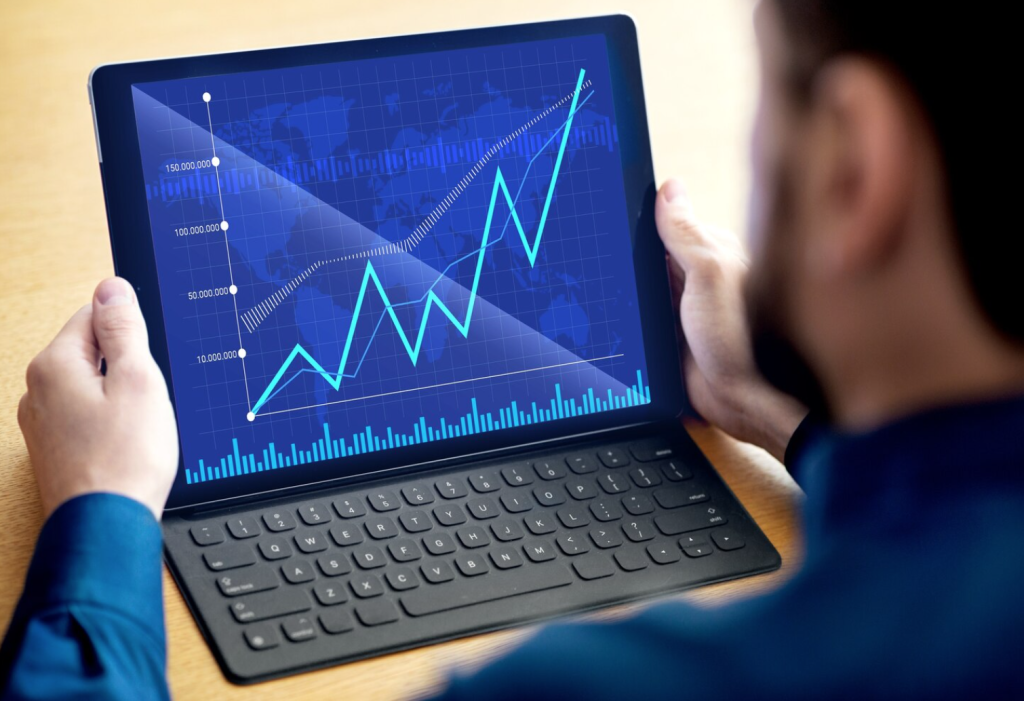Introduction: Welcome to the world of futures trading, where fortunes are made and lost, and where the markets never sleep. For beginners, futures trading might seem like a complex maze of jargon and numbers, but fear not! In this beginner’s guide, we’ll break down the essentials of futures trading, demystifying the process and providing you with the knowledge you need to navigate this exciting financial landscape.
Understanding Futures: Futures are financial contracts that obligate the buyer to purchase an asset (or the seller to sell an asset) at a predetermined price and date in the future. These assets can include commodities like gold, oil, or agricultural products, as well as financial instruments like stock indices or currencies.
Key Players:
- Speculators: These traders aim to profit from price movements in the futures market without the intention of actually taking delivery of the underlying asset.
- Hedgers: These participants use futures contracts to mitigate the risk of price fluctuations in their underlying assets. For example, a farmer might use futures contracts to lock in a price for their crops before they are harvested.
- Market Makers: These individuals or firms provide liquidity to the market by quoting both buy and sell prices for futures contracts, thereby facilitating trading.
How Futures Trading Works: Futures trading occurs on organized exchanges, such as the Chicago Mercantile Exchange (CME) or the Intercontinental Exchange (ICE). Here’s a simplified overview of how it works:
- Contract Specification: Each futures contract has specific terms, including the underlying asset, contract size, expiration date, and tick size (minimum price movement).
- Order Placement: Traders can place orders to buy or sell futures contracts through a broker or trading platform.
- Margin Requirements: To trade futures, traders are required to deposit a margin with their broker, which acts as collateral and ensures that they can meet their financial obligations.
- Price Fluctuations: Futures prices are influenced by various factors, including supply and demand dynamics, geopolitical events, and economic data releases.
- Settlement: Most futures contracts are settled in cash rather than physical delivery. On the expiration date, profits or losses are realized, and cash settlements occur accordingly.
Risk Management: Futures trading can be highly lucrative, but it also carries significant risks. To manage these risks effectively, traders should:
- Educate Themselves: Understand the fundamentals of futures trading, including market dynamics, trading strategies, and risk management techniques.
- Start Small: Begin with a demo account or trade small positions to gain experience without risking substantial capital.
- Use Stop Loss Orders: Implement stop loss orders to limit potential losses in case the market moves against your position.
- Diversify: Spread your risk across multiple assets or contracts to reduce the impact of adverse price movements.
Conclusion: Futures trading offers opportunities for profit and risk management in a wide range of financial markets. By understanding the basics of futures contracts, market dynamics, and risk management strategies, beginners can embark on their trading journey with confidence. Remember, like any form of investment, success in futures trading requires discipline, patience, and continuous learning. So, dive in, explore the markets, and may your trades be prosperous!

